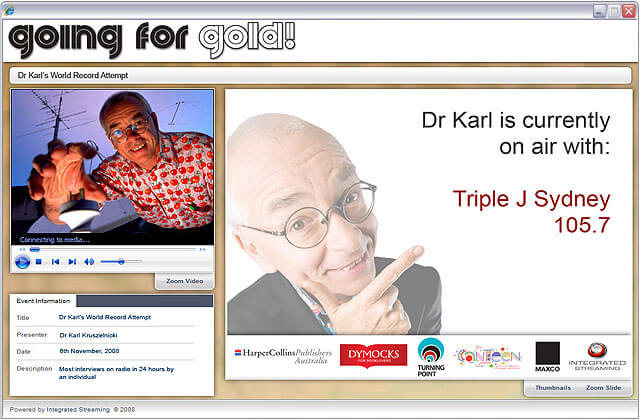Webcasting is a term that was commonly used in the mid-2000s to describe live streaming events that typically included multiple media assets such as cameras, audio, and slides. The term “webcast” was used to describe the full service of live streaming, which was more prevalent than the term “live streaming” at that time. The term “webcasting” is still used in some contexts, particularly in the corporate world, to describe live streaming events that include multiple media assets.
While the terms “webcasting” and “live streaming” are often used interchangeably, they can have slightly different meanings and in current context both terms are used to describe the same service of delivering live audio and video content over the internet, and the viewer experience is the same.
Webcasts can offer a more focused viewer experience compared to live streaming. With webcasting, viewers have the option to view the full-screen camera, slides, or a combination of both. Some webcasting platforms also provide the ability to rotate layouts, adjust window sizes on the fly, view speaker bio’s, and have an isolated section for live Q&A. These features depend on the delivery platform chosen by the webcast service provider. The features mentioned are generally offered by more advanced webcasting platforms and are not always available on live streaming custom-built micro-sites.
One of our first live webcasts was back on 6 November 2008 at the Dymocks Bookstore in George Street Sydney where we live ‘webcast’ Dr Karl Kruszelnicki breaking the Guinness Book of World Records for most consecutive live radio interviews which lasted for 14 hours and 18 minutes without a single hitch.
